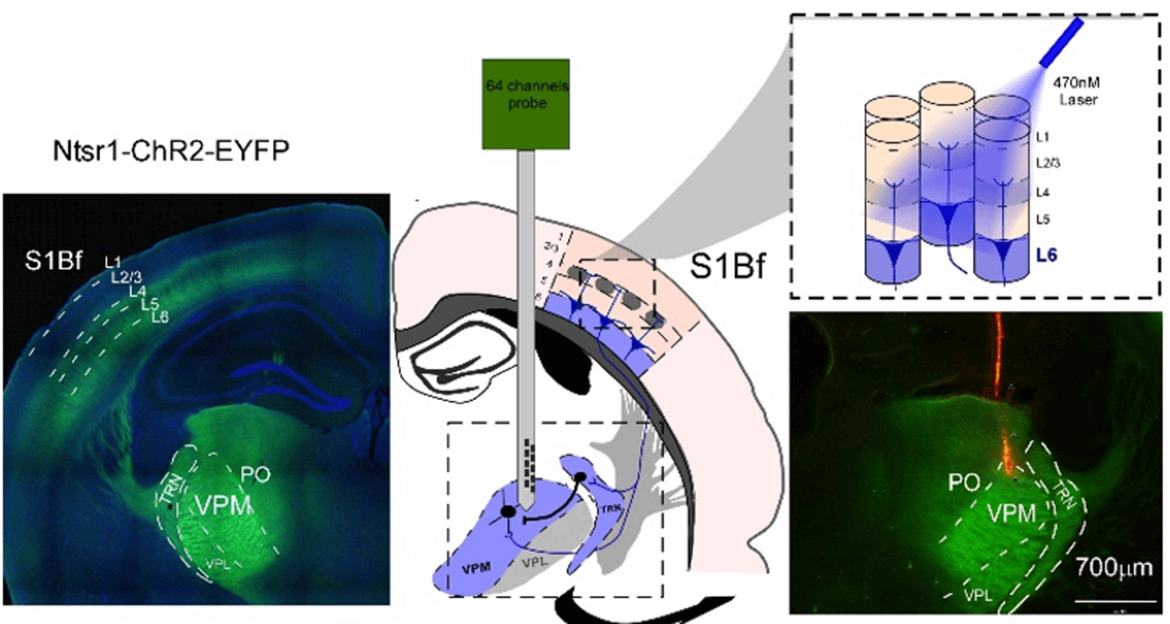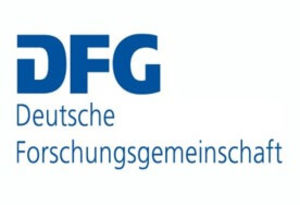- Institute
-
Cardiovascular Physiology
- Markus Hecker
- Thomas Korff
-
Hugo H. Marti
-
Forschung
- Zelluläre und molekulare Mechanismen der postnatalen Entwicklung des zerebralen Gefäßsystems
- Die Bedeutung der molekularen PHD-HIF Achse für den akuten Schutz und die langfristige Regeneration nach einem ischämischen Schlaganfall
- Charakterisierung und gezielte Aktivierung von NRF2-abhängigen antioxidativen Mechanismen beim akuten Schlaganfall
- Extrazelluläre Nukleinsäuren als Trigger neuroinflammatorischer Prozesse in akuten und chronisch degenerativen Erkrankungen des Zentralnervensystems
- Neuroprotektion und Neurogenese
- Blut-Hirn-Schranke
- Publikationen
- Personal
-
Forschung
- Andreas H. Wagner
- Neuro- and Sensory Physiology
- Teaching
- Central Facilities
- Bernard Katz Lecture
- Open Positions
- News
Corticocollicular pathways
The superior colliculus (SC) is best known for its sensory-motor functions e.g. orienting behaviours towards or away from important sensory stimuli. Orienting behaviours of the SC are thought to be driven primarily in a reflexive manner via short SC sensori-motor loops, however SC receives substantial input from cortical areas, which could serve to adaptively modulate reflexive behaviours. In this DFG funded project, we study the input and output pathways of the tactile and motor SC and study the role of these pathways in somatosensory-motor transformations and the cortical modulation of reflexive behaviours.
Researchers
Jesus Martin-Cortecero
Emilio Isaias
Berin Boztepe

Corticothalamic long-term plasticity
In thalamocortical loops, corticothalamic (CT) pathways are largely viewed to provide fast and dynamic control of sensory signalling in the thalamus. Past work, including from our team has revealed CT functions that act on relatively short time scales, such as dynamic sculpting of thalamic receptive fields or ad-hoc toggling between thalamic processing modes. In an ongoing study in the mouse whisker system, we observed that CT activity can also have long-lasting effects on how sensory signals are processed in thalamocortical loops. Here we aim to 1.) elucidate the circuit mechanisms underlying CT long-term plasticity and 2.) address the question which consequences arise from CT long-term plasticity in the context of thalamocortical loops and sensory-guided behaviour.
Researchers
Jesus Martin-Cortecero
Emilio Isaias


- Institute
-
Cardiovascular Physiology
- Markus Hecker
- Thomas Korff
-
Hugo H. Marti
-
Forschung
- Zelluläre und molekulare Mechanismen der postnatalen Entwicklung des zerebralen Gefäßsystems
- Die Bedeutung der molekularen PHD-HIF Achse für den akuten Schutz und die langfristige Regeneration nach einem ischämischen Schlaganfall
- Charakterisierung und gezielte Aktivierung von NRF2-abhängigen antioxidativen Mechanismen beim akuten Schlaganfall
- Extrazelluläre Nukleinsäuren als Trigger neuroinflammatorischer Prozesse in akuten und chronisch degenerativen Erkrankungen des Zentralnervensystems
- Neuroprotektion und Neurogenese
- Blut-Hirn-Schranke
- Publikationen
- Personal
-
Forschung
- Andreas H. Wagner
- Neuro- and Sensory Physiology
- Teaching
- Central Facilities
- Bernard Katz Lecture
- Open Positions
- News



![[Translate to English:] [Translate to English:]](/fileadmin/_processed_/9/b/csm_Firefly_Abstract_organic_flow_resembling_blood_vessels_shaped_as_a_tool__composed_of_glowing_651800_26778ea790.png)
